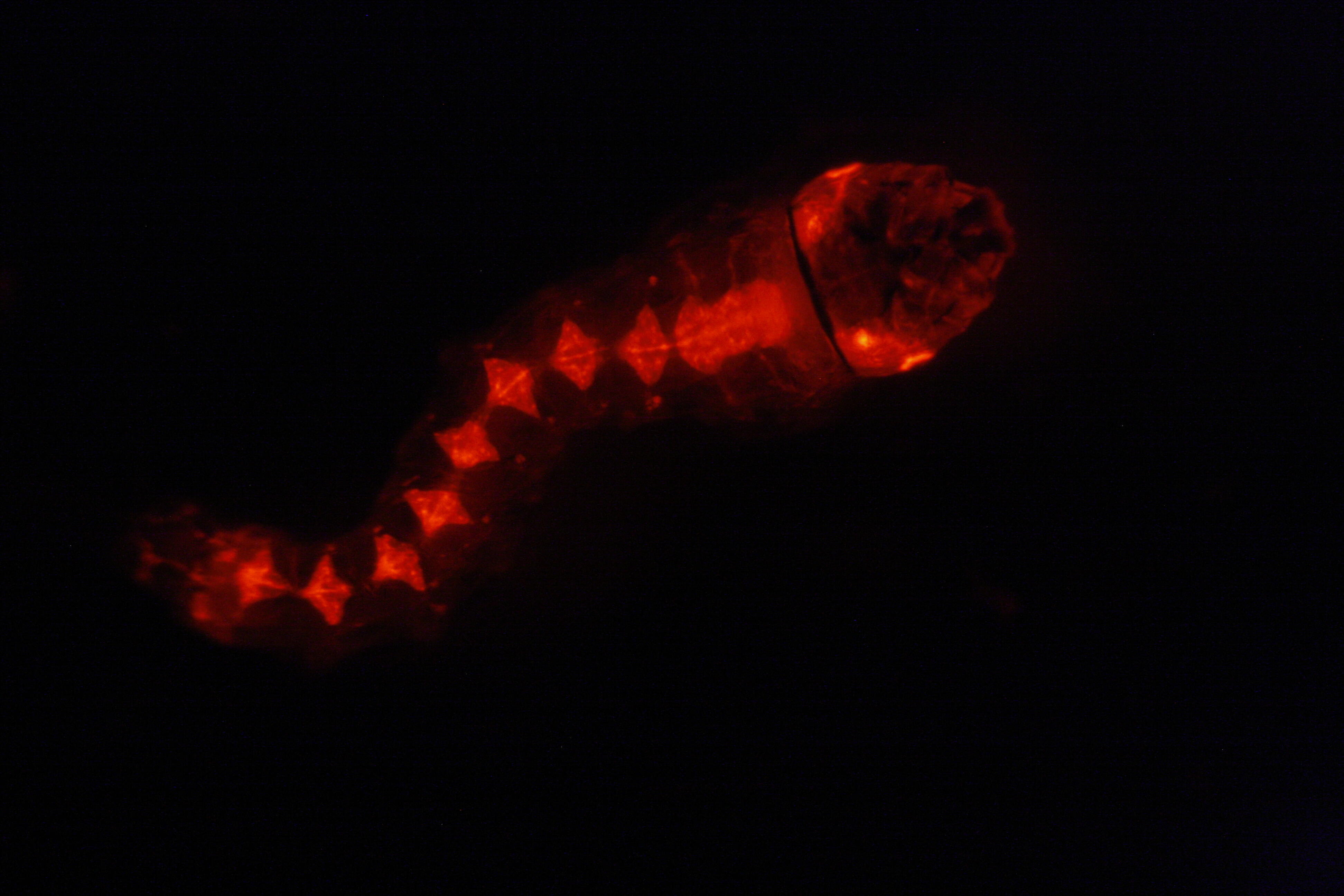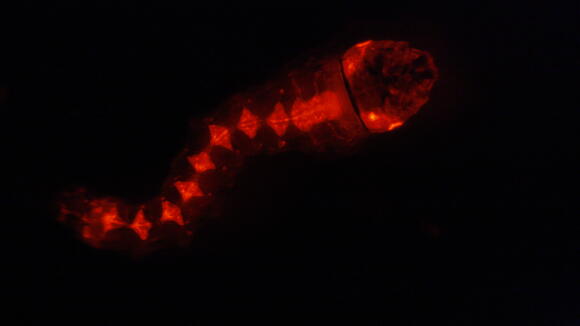
This research area within the Vector Biology Department brings together multidisciplinary expertise to identify exploitable biology that can be developed to proof of concept for vector control and blocking disease transmission. Activities in this theme focus on three main areas: vector genomics and transcriptomics, functional genetics and vector behaviour.
Vector genomics and transcriptomics
Vector Biology Department staff have played leading roles in genome sequencing and annotation projects for Anopheles gambiae, Aedes aegypti, Culex quinquefasciatus and latterly the Anopheles 16 genomes (G3 (Bethesda). 2013 Jul; 3(7): 1191–1194) and the Anopheles gambiae 1000 genomes (Anopheles gambiae 1000 genomes consortium project). From these datasets, the department has developed and applied multiple microarray and RNA-seq approaches to study insecticide resistance and other medically important traits .
Functional validation
Our genomic and transcriptomic work identifies candidate genes and pathways central to medically important traits such as insecticide resistance and vectorial capacity. These candidates most often require functional validation before they can be driven forward into anti-vector/anti-parasite interventions or improved monitoring and evaluation diagnostics.
For a number of gene families, the LSTM group has a strong record in functional validation using RNA interference, recombinant protein-based studies heterologous expression in in vivo systems and x-ray crystallography/protein modeling.
Leads: Mark Paine, Charles Wondji
These approaches are appropriate for a number of genes and their respective phenotypes, however we are continuously expanding the repertoire of methodologies to address more complex interactions for both functional gene validation and discovery.
In addition to the transgenic tools developed over the past few years outlined by Gareth Lycett, we are developing expertise in CRISPR-Cas9 gene editing, proteomics and metabolomics to improve understanding of molecular pathways controlling important biological traits in order to design new alternative control approaches.
Lead: Gareth Lycett, Alison Isaacs
Vector Behaviour
Scientists from LSTM have made major contributions to our understanding of basic vector behaviour and have translated this knowledge to produce innovative vector control methods. Examples include field-based analyses of the responses of tsetse and mosquitoes to host odours and to visual stimuli, and the use of video technologies to analyse the interactions between free-flying mosquitoes and insecticide treated bednets.
Knowledge of how tsetse locate their hosts has contributed directly to the development of three widely-used methods of tsetse control (odour-baited targets, insecticide-treated cattle,‘Tiny Targets’), and new insights into the net-orientation behaviour of malaria mosquitoes is leading to the development of improved designs of bednet.
Facilities in Liverpool include a newly-established electroantennography (EAG) laboratory to measure the electrophysiological responses of vector to host odours, and a suite of controlled environment rooms equipped with video systems to analyse flight behaviour under controlled conditions.
Leads: Philip McCall, Lisa Reimer, Steve Torr











